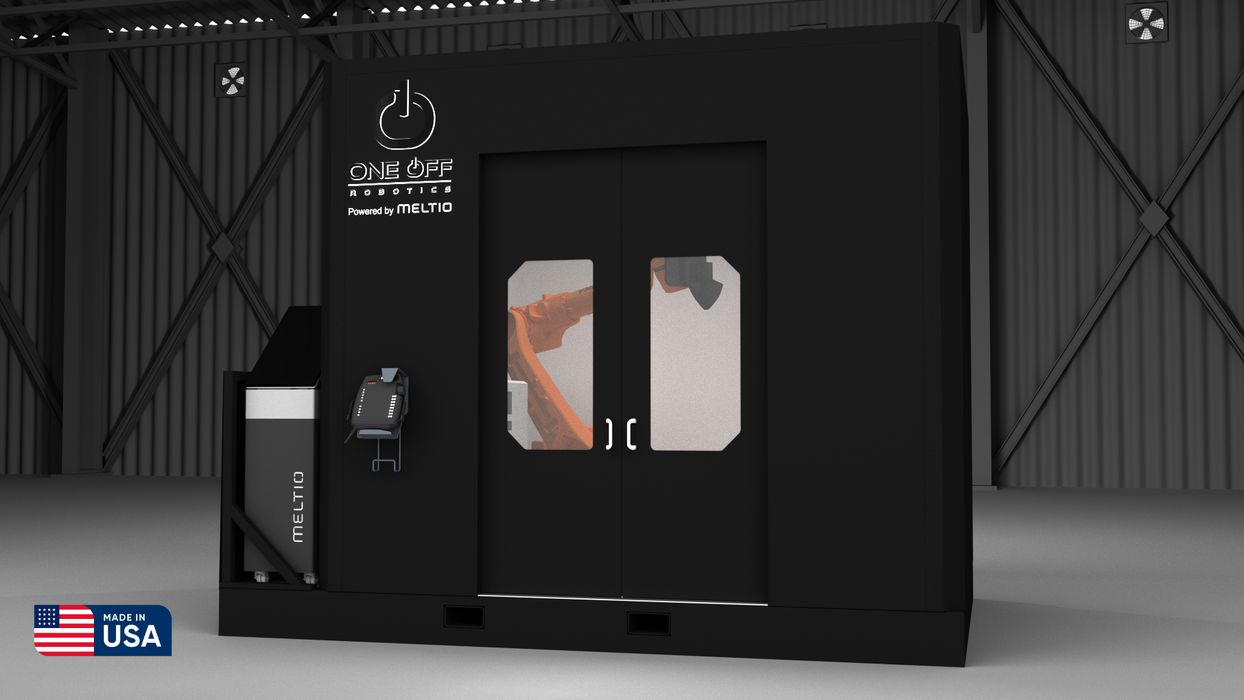
Meltio announced an interesting partnership to produce a new robotic metal 3D printing “cell”.
The Spanish company offers a variety of metal 3D printing systems based on their powerful toolhead. Their technology uses a laser-powered direct energy deposition process (DED), or what Meltio describes as “Wire Laser Metal Deposition” (W-LMD) technology. This process uses metal wire instead of powder, and thus is enormously safer and easier to handle than traditional LPBF metal 3D printing systems.
Initially the company offered the toolhead as an add-on to robotic systems, but then later developed a “cell” approach that vastly simplified the sales and operations processes for customers.
The cell concept involves boxing up a robotic arm equipped with the toolhead into a fully operational package that’s ready to roll in a single turnkey installation. This allows customers to become active in metal 3D printing with a lot less effort: they don’t need to worry so much about buying all the necessary components.
The first cell delivered by Meltio was the Meltio Robot Cell, announced last September. The system was certified for use with a variety of popular robotic systems that are selectable by customers.
From what I’ve heard, the cell concept was well received by customers and powering the company forward.
Now Meltio announced a new cell version being developed with their partner, One Off Robotics. It seems that the two companies have been doing business for a while, but now decided to design and build a new cell system.
What do we know about the new “One Off Robotics Cell powered by Meltio” system?
It will have a build volume of one meter cubed, which is quite large and should be able to accommodate many applications.
There are two robotic arm options for the systems, including the KUKA KR70 or ABB IRB4600. The system in total will provide eight axes of motion, enabling a huge range of geometric possibilities.
The print speed is impressive, as it will be able to deposit up to one kg of metal each hour. Material possibilities quite wide, as any standard welding wire can be used in the system.
Why build this second cell system if Meltio already has one? I suspect there are two reasons.
First, this arrangement provides more product manufacturing capacity for Meltio. More products made, more products sold.
Secondly, Meltio is making certain that we all know that the new cell will be built in the US, whereas the earlier cell system was not (see image at top). This opens up the possibility of additional sales in the US where customers require or give priority to locally-made products.
Either way, there’s soon going to be more options for companies seeking powerful metal 3D printing systems.
Via Meltio and One Off Robotics
